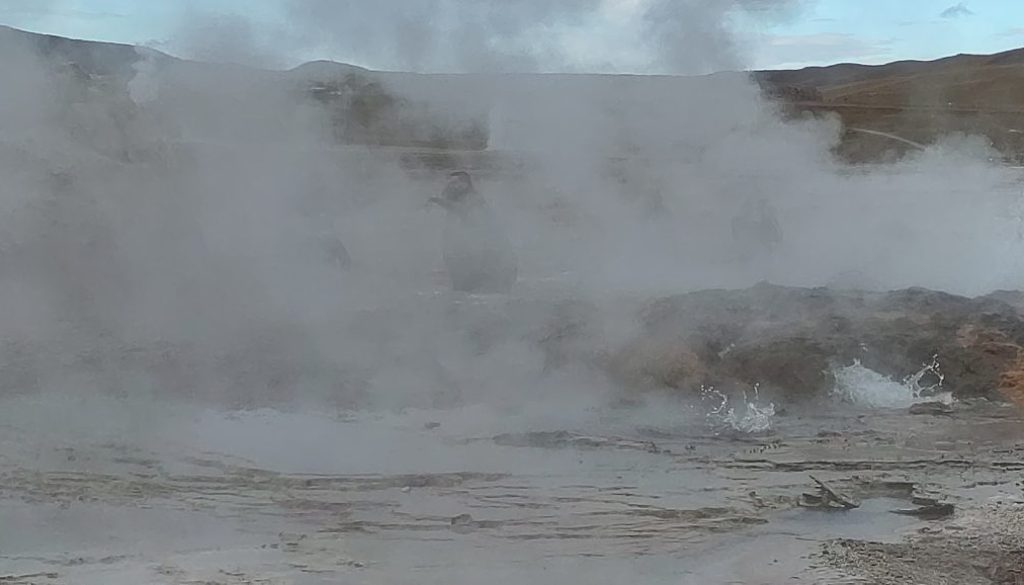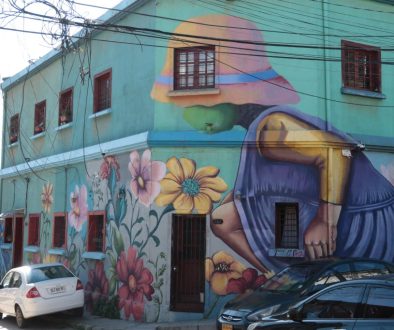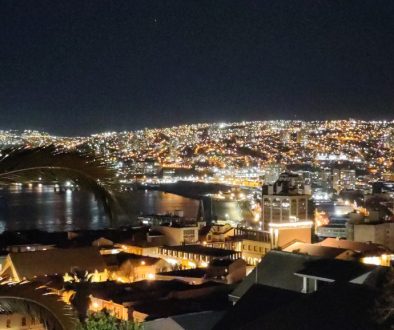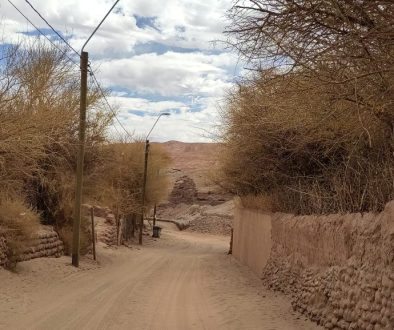Hot water at cold air
A short night. Out of bed at 4AM. The tour to the geysirs started at 5, they said. The VAN came at 5:15. We drove for about an hour through the night, uphill. I assumed, we would have a kind of sunrise stop. That wasn’t the case. At the entrace of the vulcanic park, we had a short stop. From there, we went to two different geysir fields, with more than 100 geysirs and moddpools, they had all 14 possible types. We watched and learned a bit about them all. Quite impressive, those differences. Quite a natural spectucal, out here. Seemed, we had to get up so early, because some of them only visible/functionable at low temperatures. With the sun, the temperature rises soon, and you miss a part of the fun. We had started at -4*C. Our guide had his focus on serving everybody well. With all his stories, he went through Spanish, Portugese and English. Sometimes helping a guide of another tour with some french explainations. He could answer questions about geology, nature (plants, animals and bacteria), archelogy, regional etnicity, culture and food.

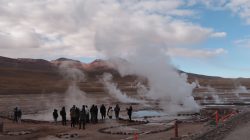
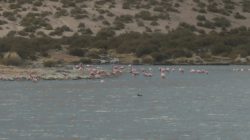
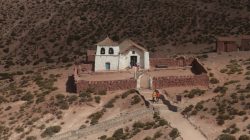
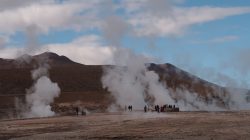
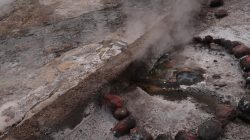
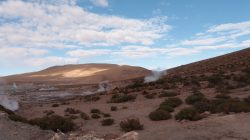
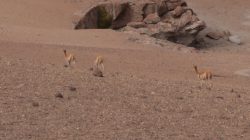
Apparently, there was a timelook for how long you can stay in the park, thus we left a bit in a rush.
A bit outside the park, we learned that our guide not only was our driver. He was the cook, too. At a mirador (a point with a good view over the valley), he prepared our breakfast, with everything you might wish for, including a good coffee, scrambled eggs and some local specalties. We were spoiled, at about 4000m altitude.
Down in the valley was a pantanal, a wedland. With goose, seagulls and vicuñas.
Next stop was at another part of the same wedland, now also with flamingos. From here, you could see two steaming points: a vulcano and a factory in Bolivia. The last stop was at a former workersvillage from a no longer existing sulformine: Machuca. Next to the place, we saw – driving by – some ruins from a precolombian settlement. The third, I couldn’t visit properly. What might it mean?
